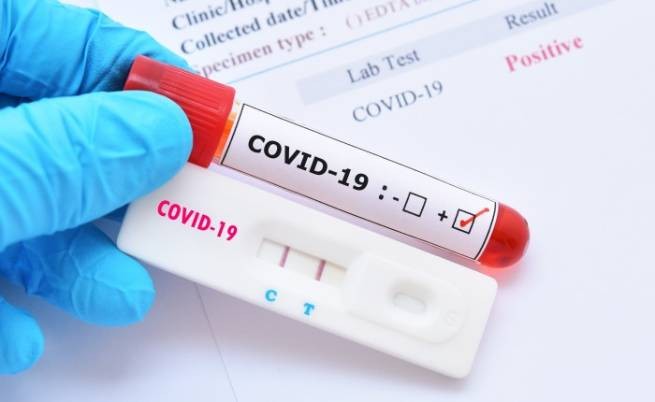MiCA is definitely a step in the right direction, but the issuance and transaction restrictions on stablecoins still need some work.
The adoption of the Markets in Cryptoassets Regulation (MiCA) by the European Union has become a major milestone for the crypto industry. With the phased implementation of MiCA beginning this summer, EU for the first time, it invites cryptocurrency market participants into the regulatory perimeter. And while there are still many uncertainties and challenges ahead, there is hope that MiCA will be an important step towards the long-term stability of cryptocurrency markets, increased user protection, and a more attractive investment environment for entrepreneurs.
The MiCA developers did a number of things right. One of them was recognizing that some aspects of the crypto ecosystem (e.g. decentralized smart contracts and NFTs) do not fit into existing European frameworks for regulating financial systems (i.e. MiFIDs). These activities are rightly left outside the scope of MiCA, with the understanding that they will be the subject of further rulemaking at a later date.
Under MiCA, certain US dollar-pegged “e-money” tokens, including USDT, USDC and BUSD, are subject to issuance and transaction limits. Under EU rules, the limits for these instruments (and some others) are 1 million transactions by volume or €200 million by notional value.
The adopted restrictions are not only too small to support the current level of activity, but are also likely to lead to serious disruptions in the normal functioning of the cryptocurrency ecosystem. The total market capitalization of stablecoins worldwide is $162 billion. USDT, USDC, and BUSD together account for approximately 75% of this amount.

Europe's share of these figures already exceeds existing limits by orders of magnitude, making it almost immediately necessary to take measures to limit their use after the introduction of MiCA. The reason all this matters is that stablecoins have become integral to enabling a number of critical use cases – particularly non-speculative ones.
Importantly, stablecoins serve as a bridge between the fiat world of traditional finance and digital assets. As a reliable store of value for investors, they provide a safe haven from more volatile assets – the opposite of the “crypto casinos” that have become so widely viewed.
Stablecoins have proven indispensable in cross-border payments, not least because they can protect those in countries facing hyperinflation or other risks of local currency depreciation. Stablecoins are also often used to interact with smart contracts and are therefore a central component of the lending and profit-making ecosystem.
By restricting such a thriving and growing area of the digital asset ecosystem, MiCA risks undermining one of its main goals: to foster a vibrant and innovative industry in the region.
Restrictions on e-money could also put Europe at a disadvantage compared to other jurisdictions that do not impose similar measures. While these restrictions are likely intended to protect the euro and reduce potential systemic risks associated with the large-scale use of stablecoins, excessively restrictive restrictions would inhibit the growth and adoption of stablecoins and create significant inconvenience for issuers and users of them in EU countries. For the above reasons, the competent European authorities should reconsider the restrictions on the use of electronic money.
As the European Securities and Markets Authority, the European Banking Authority and other European authorities engage in secondary rulemaking and technical standard-setting, there is hope that such changes could be made without waiting for MiCA II to be adopted. For example, authorities could adopt a more nuanced tiered system that instead sets limits based on the size and maturity of the issuer.
Whatever the method, it should be possible to find a better balance of competing interests and concerns than we have today in MiCA. For all their consumer benefits, stablecoins also raise questions about monetary policy, sovereign debt issuance, and competition to export global soft power. European regulators are right to tread carefully, but not at the expense of the technology that underpins the entire crypto ecosystem. Ultimately, if digital asset markets are to thrive in Europe under MiCA, stablecoins must be given the conditions to thrive too.







More Stories
Bureaucracy is a thing of the past: express procedures via gov.gr, issuance of marriage, baptism and divorce certificates
How the Greek government drove millions of property owners to despair
The first July holidaymakers rushed to the islands